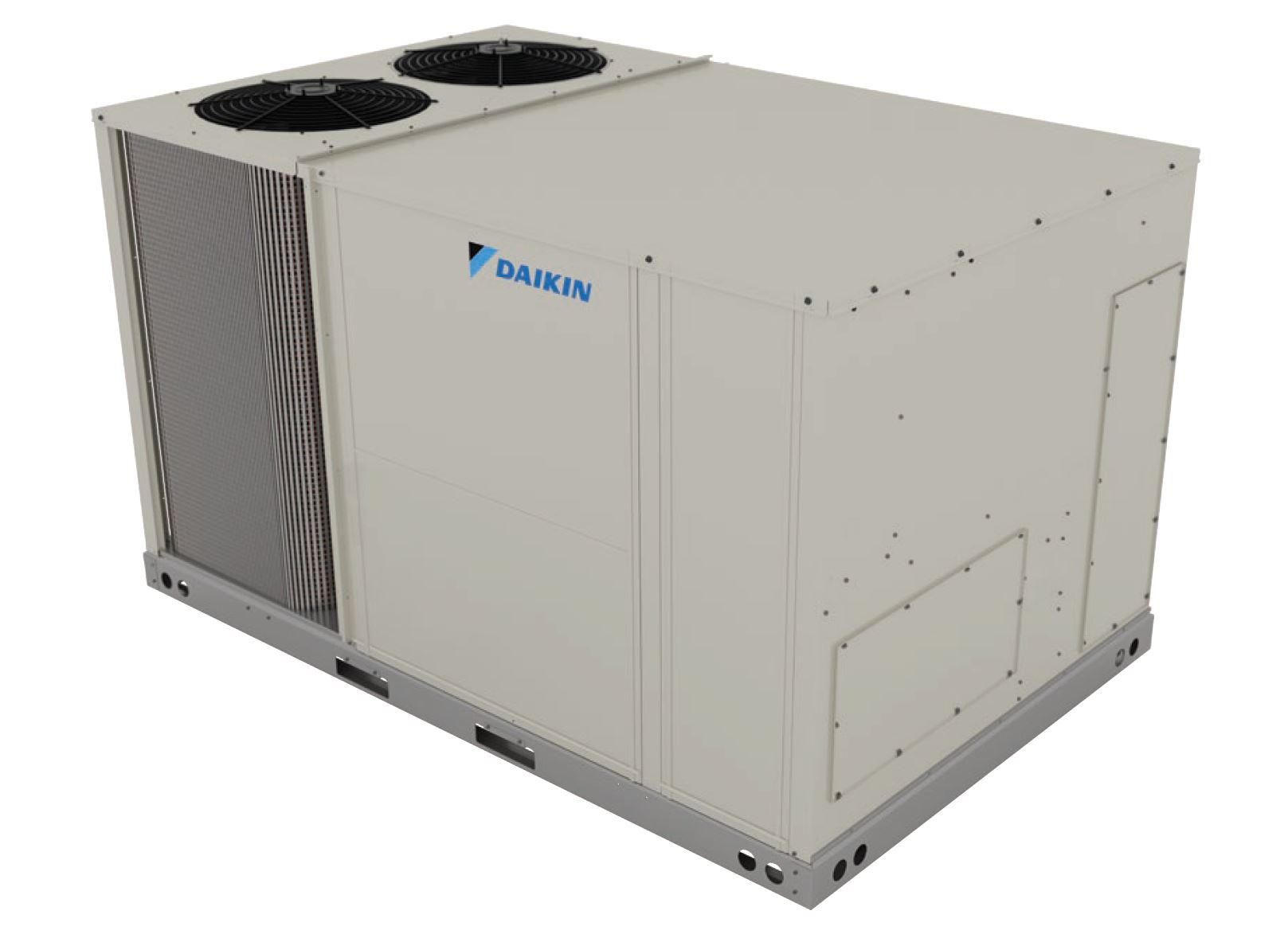Home>Furniture & Design>Outdoor Furniture>How Many Outdoor Heaters Do I Need


Outdoor Furniture
How Many Outdoor Heaters Do I Need
Modified: August 27, 2024
Find out how many outdoor heaters you need to keep your outdoor furniture and design cozy and comfortable. Get expert tips and recommendations to create the perfect outdoor space.
(Many of the links in this article redirect to a specific reviewed product. Your purchase of these products through affiliate links helps to generate commission for Storables.com, at no extra cost. Learn more)
Introduction
Outdoor spaces are a delightful extension of our homes, offering a place to relax, entertain, and savor the beauty of nature. As the seasons change, many of us seek ways to prolong our outdoor enjoyment, even when the temperatures drop. This is where outdoor heaters come into play, providing warmth and comfort that allow us to continue relishing our outdoor oasis.
The decision to invest in outdoor heaters is not merely a matter of convenience; it's a testament to our desire to create a welcoming and cozy environment for ourselves and our guests. However, determining the number of outdoor heaters needed to effectively warm a specific area can be a puzzling task. It involves considering various factors, from the size of the space to the type of heater and the climate conditions.
In this comprehensive guide, we will delve into the essential aspects of outdoor heating and help you navigate the process of determining how many outdoor heaters you need for your space. By understanding the key factors and calculations involved, you can make an informed decision and ensure that your outdoor area remains inviting and comfortable, regardless of the chill in the air. So, let's embark on this enlightening journey to uncover the secrets of outdoor heating and discover the perfect balance of warmth and ambiance for your outdoor haven.
Key Takeaways:
- Embrace the warmth: Consider the size, climate, and layout of your outdoor space to determine the right number of heaters for a cozy and inviting atmosphere.
- Heater harmony: Calculate the heating area, evaluate heater types, and strategically place them to ensure even warmth and comfort throughout your outdoor oasis.
Factors to Consider
When contemplating the number of outdoor heaters needed for a particular space, several crucial factors come into play. Understanding and evaluating these elements is essential in making an informed decision that ensures optimal warmth and comfort. Let’s explore the key considerations that will guide you in determining the ideal quantity of outdoor heaters for your outdoor area:
- Size of the Outdoor Area: The dimensions of the outdoor space significantly influence the number of heaters required. Larger areas will naturally necessitate more heaters to achieve uniform warmth throughout the space.
- Climate and Weather Patterns: The prevailing climate in your region, including average temperatures and seasonal variations, is a critical factor. Colder climates may require additional heaters to maintain a comfortable environment, while areas with milder weather may need fewer units.
- Wind Exposure: The impact of wind on outdoor heating cannot be overlooked. Windy conditions can disperse heat and diminish its effectiveness, potentially necessitating extra heaters to compensate for heat loss.
- Insulation and Enclosure: The degree of insulation and enclosure in the outdoor space plays a role in heat retention. Well-insulated areas or those with partial enclosures may require fewer heaters compared to open, exposed spaces.
- Heater Placement: Strategically positioning the heaters is crucial for optimizing their effectiveness. Understanding where and how to place the heaters can influence the quantity needed to achieve the desired warmth.
- Primary Use of the Space: Consider how the outdoor area will be used. A space intended for casual relaxation may have different heating requirements than one used for dining or social gatherings.
- Desired Temperature Level: The target temperature for the outdoor area is a key consideration. If you aim for a higher temperature, more heaters may be necessary to achieve and maintain that level of warmth.
By carefully assessing these factors, you can gain valuable insights into the specific heating needs of your outdoor space. Each element contributes to the overall heating requirements and guides the determination of the ideal number of outdoor heaters to create a cozy and inviting atmosphere.
Calculating Heating Area
Accurately calculating the heating area is a fundamental step in determining the number of outdoor heaters needed to effectively warm an outdoor space. By understanding the total area requiring heating, you can make informed decisions regarding the quantity and placement of heaters. Here’s how to calculate the heating area:
Begin by measuring the length and width of the outdoor space. For a square or rectangular area, simply multiply the length by the width to obtain the total square footage. If the space is irregularly shaped, divide it into sections and calculate the square footage of each section separately. Once the individual areas are determined, add them together to obtain the total heating area.
It’s important to consider the height of the space as well, as heat dissipates vertically. For outdoor spaces with standard ceiling heights, this factor may not significantly impact the calculations. However, for areas with high or vaulted ceilings, adjustments may be necessary to account for the additional volume of air that requires heating.
When calculating the heating area, take into account any architectural features, such as alcoves, pergolas, or seating areas, that may impact the distribution of heat. These features can create pockets of cooler air, affecting the overall heating requirements for the space.
Furthermore, if the outdoor area includes semi-enclosed or enclosed sections, such as patios with partial walls or awnings, it’s essential to calculate the heating area for each distinct zone. The varying degrees of enclosure can influence heat retention and distribution, thereby impacting the number of heaters needed for each area.
By meticulously measuring and calculating the heating area, accounting for architectural nuances and varying degrees of enclosure, you can obtain a comprehensive understanding of the space’s heating requirements. This foundational knowledge serves as a critical basis for determining the appropriate number of outdoor heaters needed to achieve optimal warmth and comfort throughout the outdoor environment.
Consider the size of the outdoor area and the temperature you want to maintain. As a general guide, one heater can cover about 25 square feet. Adjust based on wind and shade.
Types of Outdoor Heaters
Outdoor heaters are available in various types, each offering unique features and heating mechanisms tailored to specific outdoor environments. Understanding the different types of outdoor heaters is essential in selecting the most suitable options for your space. Here are the primary types of outdoor heaters:
- Propane Heaters: Propane heaters are popular for outdoor use due to their portability and convenience. They utilize propane gas as a fuel source and provide efficient heat output. These heaters are versatile and can be easily moved to different locations within the outdoor space.
- Electric Heaters: Electric heaters are ideal for smaller outdoor areas and are often designed for wall or ceiling mounting. They offer a clean and silent heating solution, making them well-suited for enclosed or semi-enclosed spaces.
- Natural Gas Heaters: Natural gas heaters are a permanent heating solution for outdoor spaces connected to a natural gas supply. They are often integrated into the outdoor area’s infrastructure and provide consistent, cost-effective heating with minimal maintenance.
- Infrared Heaters: Infrared heaters emit radiant heat that warms objects and individuals directly, rather than heating the surrounding air. They are effective for outdoor spaces with high ceilings or areas exposed to significant air movement.
- Solar-Powered Heaters: Solar-powered heaters harness solar energy to generate heat, offering an eco-friendly and sustainable heating solution for outdoor environments. They are particularly suitable for regions with ample sunlight.
- Tabletop Heaters: Tabletop heaters are compact and portable, designed to provide localized heat for specific areas, such as outdoor dining or seating areas. They are convenient for smaller outdoor settings and offer adjustable heat settings.
Each type of outdoor heater has its unique advantages and considerations, catering to different spatial requirements, fuel preferences, and heating mechanisms. By evaluating the characteristics and suitability of each type in relation to your outdoor space, you can make an informed decision regarding the most appropriate heaters to fulfill your heating needs.
Determining the Number of Heaters Needed
Once you’ve considered the essential factors and familiarized yourself with the types of outdoor heaters available, it’s time to determine the ideal number of heaters needed to effectively warm your outdoor space. This process involves a thoughtful assessment of the specific heating requirements based on the size, layout, and usage of the area.
Begin by referencing the calculated heating area and factoring in the total BTU (British Thermal Unit) output of the selected heaters. The BTU rating indicates the heat output of the heater, and it’s essential to ensure that the combined BTU output of the heaters meets the heating requirements of the space. Consider the following steps to determine the number of heaters needed:
- Heater BTU Output: Review the BTU rating of the chosen outdoor heaters. Calculate the total BTU output required to adequately heat the measured area, considering factors such as climate, insulation, and desired temperature levels.
- Even Heat Distribution: Determine the optimal placement of the heaters to achieve even heat distribution throughout the space. Assess whether a centralized heating approach or multiple distributed heaters would be more effective based on the area’s layout and features.
- Heater Spacing: Consider the spacing between heaters to ensure comprehensive coverage and uniform warmth. Depending on the type and output of the heaters, adjust the placement and quantity to achieve the desired heating effect without creating hot or cold spots.
- Consider Zoning: If your outdoor space comprises distinct zones with varying heating requirements, such as a dining area and a lounging area, assess the specific heating needs of each zone and determine the number of heaters for each zone accordingly.
- Account for Redundancy: Factor in redundancy and backup heating to accommodate potential heater downtime or unexpected maintenance, ensuring that the outdoor space remains comfortably heated even in unforeseen circumstances.
By meticulously evaluating these considerations and aligning them with the calculated heating area and specific spatial requirements, you can confidently determine the precise number of outdoor heaters needed to create a warm, inviting ambiance in your outdoor oasis. This thoughtful approach ensures that your outdoor space remains comfortably heated, allowing you to relish outdoor gatherings and leisure time regardless of the external temperature.
Read more: How Big Of A Space Heater Do I Need
Conclusion
Embarking on the journey to determine the optimal number of outdoor heaters for your outdoor space involves a blend of thoughtful considerations, meticulous calculations, and an understanding of the diverse heating options available. By delving into the essential factors, calculating the heating area, familiarizing yourself with the types of outdoor heaters, and methodically determining the number of heaters needed, you pave the way for creating a warm and inviting outdoor environment.
Understanding the size of the outdoor area, the prevailing climate, wind exposure, and the desired temperature level provides valuable insights into the specific heating requirements. These considerations serve as guiding beacons, steering you toward the most suitable heating solutions for your outdoor space.
Calculating the heating area with precision, accounting for architectural nuances, enclosure variations, and the impact of vertical heat dissipation, forms the foundation for determining the ideal number of outdoor heaters. This meticulous approach ensures that every corner of your outdoor oasis receives the warmth it deserves, fostering a welcoming atmosphere for relaxation and social gatherings.
Exploring the diverse types of outdoor heaters unveils a spectrum of options, each tailored to distinct spatial requirements, fuel preferences, and heating mechanisms. Evaluating these options in alignment with your outdoor space’s characteristics empowers you to make informed decisions, selecting the heaters that best complement your vision for a cozy and comfortable outdoor haven.
Ultimately, the process of determining the number of outdoor heaters needed is a personalized journey, intricately woven with considerations unique to your outdoor space and heating aspirations. By meticulously assessing the heating area, strategically placing the heaters, and accounting for zoning and redundancy, you ensure that your outdoor environment remains a source of warmth and delight, beckoning you to revel in its charm regardless of the ambient temperature.
Armed with a comprehensive understanding of the heating requirements and the ideal number of outdoor heaters, you are poised to transform your outdoor space into a captivating retreat, where warmth and ambiance converge to create unforgettable moments and cherished memories amid the embrace of nature.
Frequently Asked Questions about How Many Outdoor Heaters Do I Need
Was this page helpful?
At Storables.com, we guarantee accurate and reliable information. Our content, validated by Expert Board Contributors, is crafted following stringent Editorial Policies. We're committed to providing you with well-researched, expert-backed insights for all your informational needs.















0 thoughts on “How Many Outdoor Heaters Do I Need”